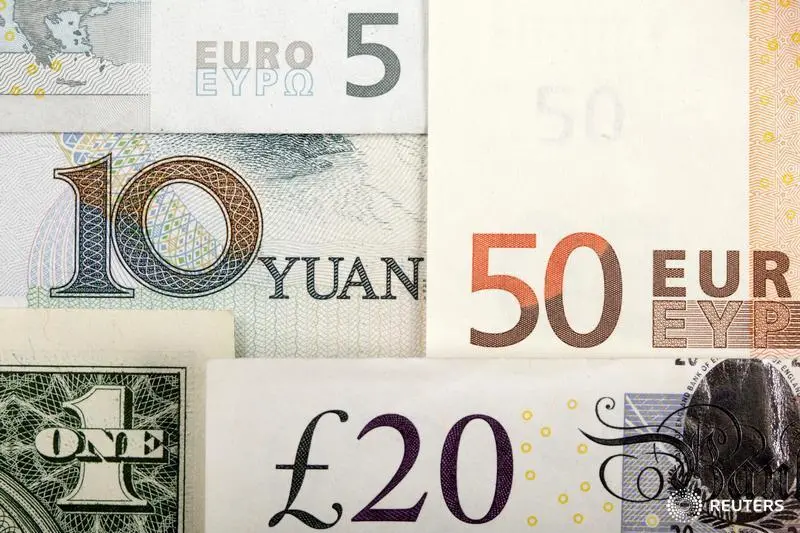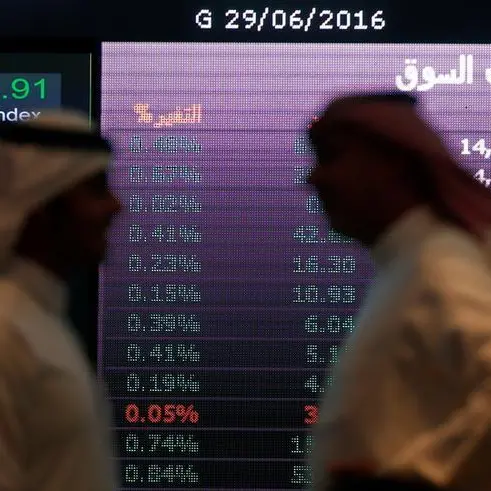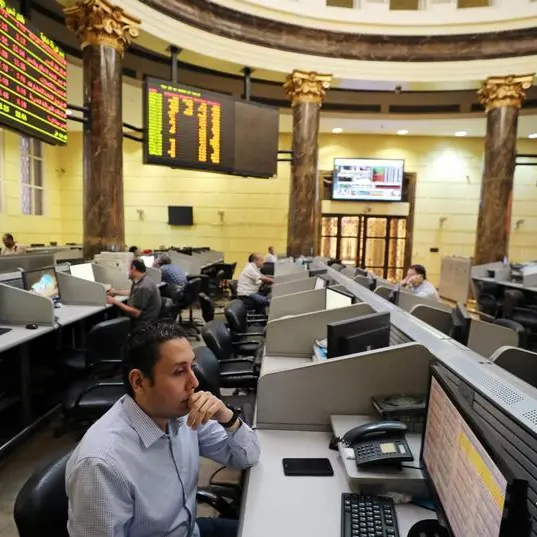PHOTO
LONDON - Riskier currencies such as the Australian dollar, the Canadian dollar and Britain's pound retreated on Monday, while the dollar gained as investors expressed renewed scepticism over the potential for a strong economic rebound from the pandemic.
The dollar failed to make ground against the Japanese yen however - the dollar/yen currency pair traded below the 110 yen per dollar mark at 109.85, leaving the yen 0.2% higher on the day.
With England set to lift all COVID-19 social restrictions on what local media has dubbed 'Freedom Day', the continued spread of the highly contagious 'delta' variant of the coronavirus drew further doubt from investors about whether a total economic recovery to pre-pandemic levels is at all possible.
Earlier this week, British health minister Sajid Javid announced he tested positive for COVID-19 and was in self-isolation, also forcing Prime Minister Boris Johnson and finance minister Rishi Sunak into quarantine. Sterling hit a 3-month low against the dollar of $1.3712.
"Despite rising vaccination rates, a return to pre-corona normality seems questionable," said Ulrich Leuchtmann, head of FX and commodity research at Commerzbank in a morning research note, adding that a string of recent news reports, including that of Johnson being forced to isolate suggest the world "might have permanently changed".
If consumption and production were not to return to 2019 levels Leuchtmann said, a significant chunk of productive capacities worldwide would "not just lie idle temporarily but would become devalued on a permanent basis."
"If we are no longer simply dealing with who will survive the corona period but about whose goods and services will remain in demand long term at all the risk perception of the markets will rise. It is hardly surprising that the FX market cannot decouple from that."
The dollar benefited from the risk aversion, with the index that measures its strength against peer currencies hitting its highest since April 5.
The Aussie dollar hit its lowest since December 2020 during Asian hours, extended those losses during morning trade in London to hit a low of $0.7363.
The Canadian dollar, which dropped through its 200-day moving average in Asian trade, hit its lowest since March 5 in London trade, down 0.7% on the day at C$1.207 against the U.S. dollar.
The euro dipped 0.2% to $1.1777. Investors will look to this week's European Central Bank meeting.
"Following the ECB strategic review and the shift in the inflation target from ‘below, but close to 2%’ to ‘2%’ with a commitment to symmetry, the new strategy can be interpreted as either a formalisation of what it has been doing over the last few years anyway or a step towards more dovishness, as 2% implies a more resolute effort," ING said in a note to clients.
"This means the distribution of probabilities is skewed to lower euro/dollar this week."
Also taking a beating among European currencies was the Norwegian crown, which fell 0.7% to its lowest since December 2020 at 8.9039 crowns per dollar.
(Reporting by Ritvik Carvalho; additional reporting by Tom Westbrook in Singapore and Saikat Chatterjee in London, Editing by William Maclean) ((Ritvik.Carvalho@thomsonreuters.com; +44 2075429406; Reuters Messaging: ritvik.carvalho.thomsonreuters@reuters.net; Twitter @ritvikcarvalho))












